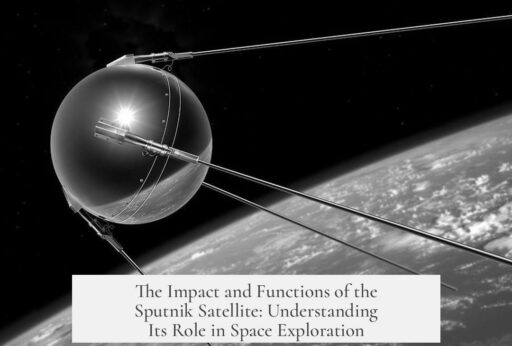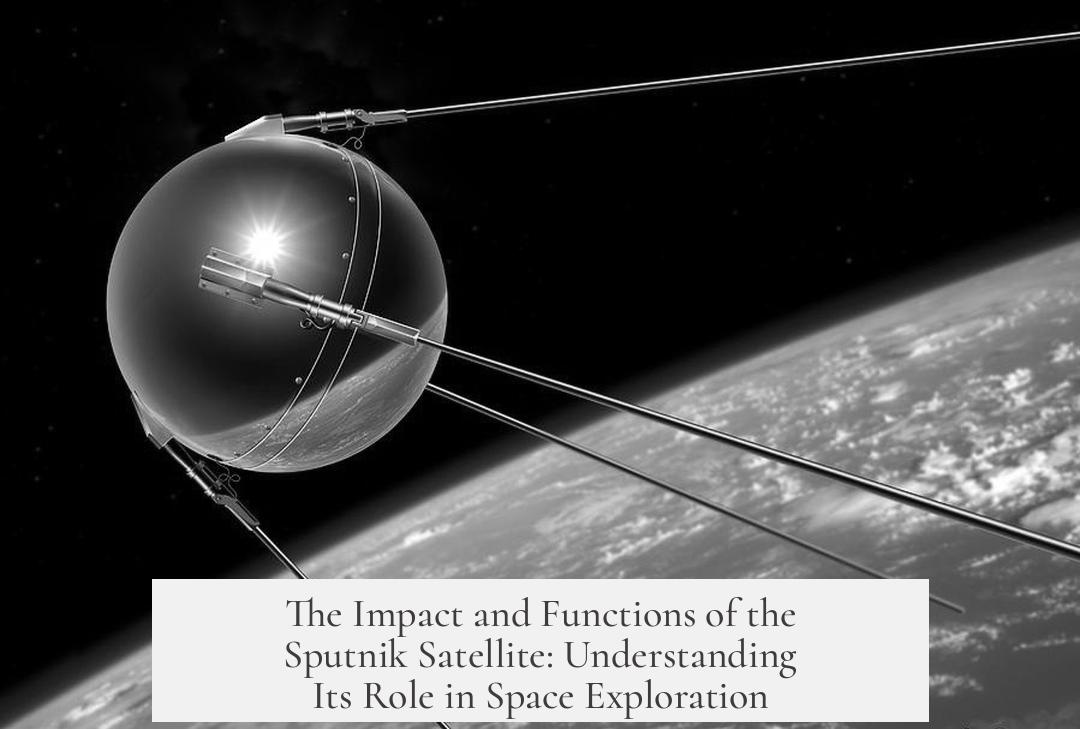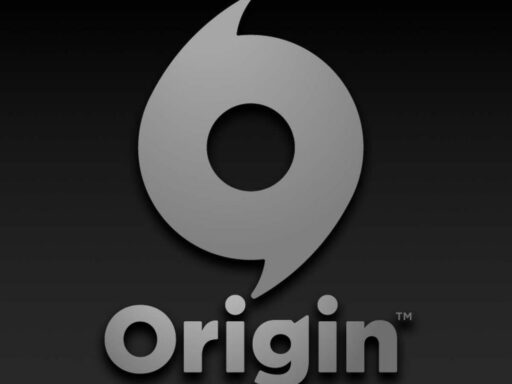The Sputnik satellite transmitted radio signals from Earth orbit and enabled the study of the ionosphere and atmospheric drag, marking a pioneering step in space science and satellite technology.
Sputnik 1 weighed 184 pounds and measured 23 inches in diameter. Its spherical body was crafted from an aluminium-magnesium-titanium alloy, sealed and pressurized with nitrogen gas. It boasted four antennas and housed a one-watt radio transmitter operating at 20.005 and 40.002 MHz frequencies.
The satellite continuously emitted radio pulses every 0.3 seconds. These signals confirmed its presence in orbit and allowed ground stations to monitor its status. An internal fan and sensors measured temperature and pressure inside the sphere. If sudden changes had occurred, the pulse duration would have adapted to alert operators; however, this was never triggered.
Sputnik’s radio signals provided valuable information on how radio waves propagate through the Earth’s ionosphere. By analyzing changes in signal strength and behavior at different altitudes, scientists gained insight into the ionospheric environment.
The satellite followed an elliptical orbit with a perigee of 223 km and an apogee of 950 km. Tracking this orbit over time revealed the impact of atmospheric drag on satellite trajectories. The gradual degradation of Sputnik’s orbit helped researchers understand how Earth’s upper atmosphere influences orbiting objects.
Powered by silver-zinc batteries, Sputnik’s transmissions lasted 21 days before the power supply was exhausted. It then fell silent and eventually reentered the atmosphere, burning up on January 4, 1958.
Though largely symbolic in demonstrating Soviet space capability, Sputnik 1 delivered practical scientific data through its radio signals and orbital behavior. It inaugurated satellite communications and space-based Earth studies.
- Weighed 184 pounds, 23-inch diameter sphere with four antennas
- Sent continuous radio pulses to confirm its orbit and status
- Helped study ionospheric radio wave propagation
- Orbit tracked atmospheric drag effects on satellites
- Operated for 21 days before battery depletion
- Reentered Earth’s atmosphere and burned up in 1958
- Combined propaganda impact with pioneering scientific contributions
What did the Sputnik Satellite actually DO?
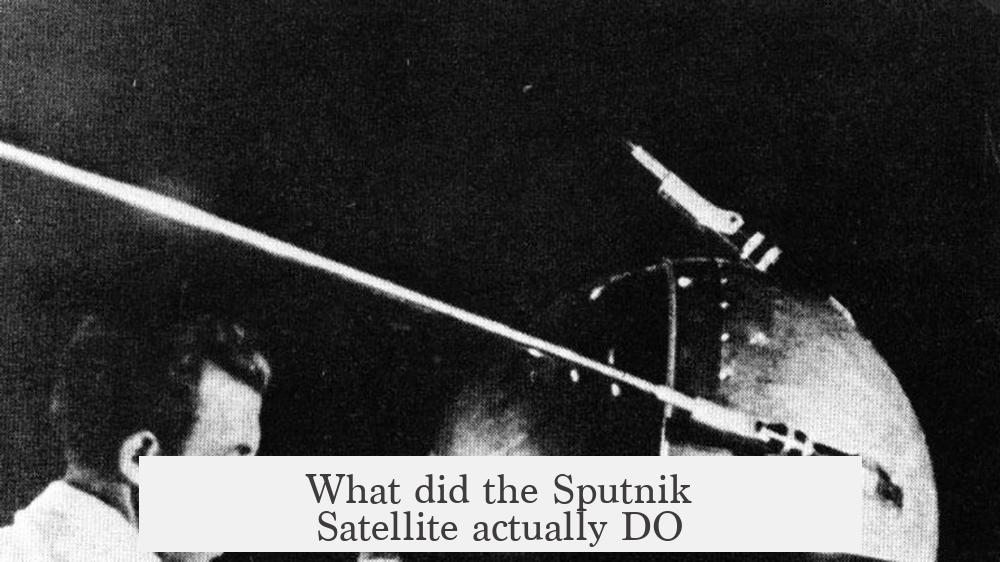
Let’s cut to the chase: Sputnik 1’s main job was to *orbit the Earth* while broadcasting radio signals, and despite its modest gadgets, it provided crucial scientific data and sparked a space race. Sounds simple, right? But there’s more to this metal sphere than just a flashy first flight into space.
Here’s what Sputnik really did, beyond just zooming around up there and making headlines.
The Light Cargo: A Tiny Satellite with a Big Job
Imagine packing a satellite into something no bigger than a basketball. That’s exactly what Sputnik 1 was: a 23-inch sphere weighing 184 pounds. It was made of AMG6T—a fancy aluminum-magnesium-titanium alloy—balancing weight and strength like a NASA craftsman on a budget.
Four antennas stuck out, limiting the space inside for instruments. Because of this, the internal tech was minimal: a one-watt radio transmitter and a few sensors to keep tabs on the satellite’s internal temps and pressure. The whole sphere was pressurized with nitrogen gas, essentially creating its own little breathable bubble in the harsh vacuum of space.
Radio Signals: Sputnik’s Voice to Earth
Sputnik wasn’t just a passive passenger orbiting silently. Every 0.3 seconds, it sent a steady beep across two radio frequencies—20.005 MHz and 40.002 MHz. These pulses were its way of saying, “Hey, I’m still up here!” to Soviet tracking stations and the whole world.
Even cooler (if not fully realized): the satellite’s sensors were wired to alter the pulse duration if internal pressure or temperature suddenly shifted. This tweak would alert ground teams that something was amiss inside Sputnik’s shell. While this safety check never triggered, it’s a clever design for a 1950s satellite!
More Than a Signal: Scientific Gold in That Beep
So, apart from showing off, why was Sputnik’s beep important scientifically? The transmitted radio signals passed through Earth’s ionosphere, the charged part of our upper atmosphere that tweaks how radio waves travel.
By tracking the signal’s behavior at different altitudes, scientists gained new insights into radio wave propagation. This helped refine communication tech, especially for long-distance radio and future satellites dealing with this tricky atmospheric layer.
Orbiting and Getting Dragged: Sputnik’s Dance With Earth’s Atmosphere
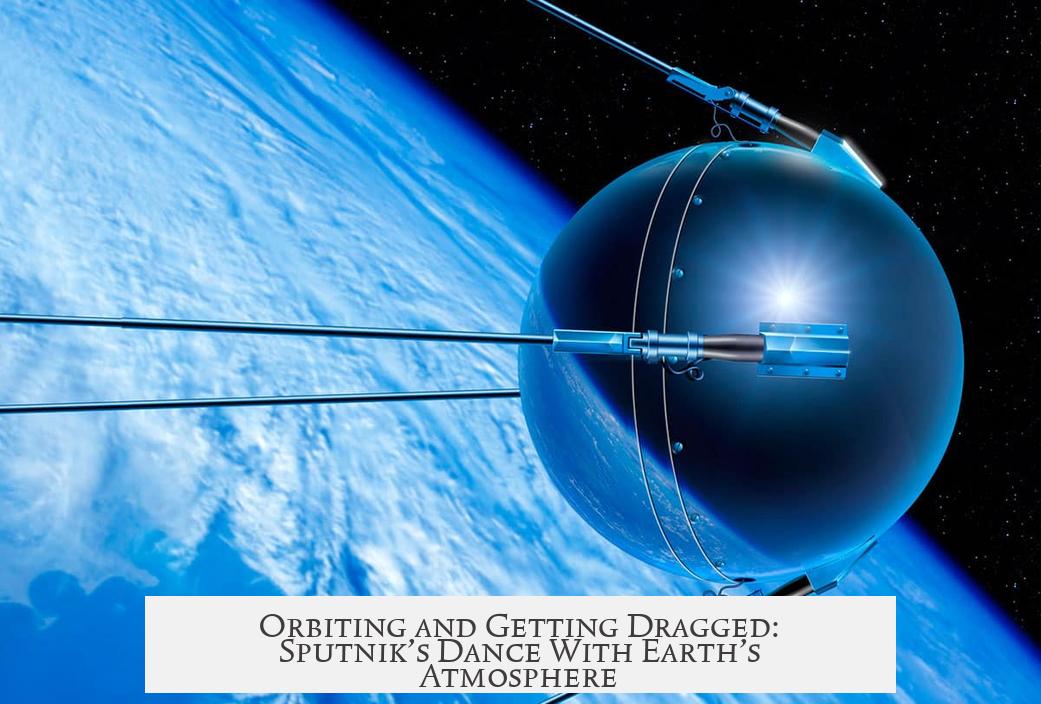
Sputnik’s orbit was elliptical—kind of an egg shape—with a low point (perigee) of 223 kilometers and a high point (apogee) of 950 kilometers. Over time, atmospheric drag—tiny bits of air molecules at that altitude—slowed Sputnik down, pulling its orbit closer to Earth.
Tracking these orbital changes gave scientists a rare, early glimpse into how Earth’s thin upper atmosphere affects satellites. This knowledge became fundamental for designing future spacecraft trajectories and predicting satellite lifetimes.
How Long Did Sputnik Keep Talking? The Battery Tale
Its silver-zinc batteries powered those beeps for 21 days—a few weeks of interstellar “hello.” Then, silent. It kept orbiting silently for months until finally burning up over the Pacific on January 4, 1958.
Twenty-one days of signals might seem short now. But back then, it was a new era. We’d sent something mechanical to circle the globe and call home by radio. That’s historic!
Why Sputnik Mattered: Propaganda and Legacy
At heart, Sputnik was a political statement, a clear message from the Soviet Union to the world: “We did it first.” The satellite ignited the Cold War’s space race, pushing the U.S. and others to ramp up science and technology.
But here’s the twist: Sputnik wasn’t just noise and flash. Despite its primitive tech, it quietly laid the foundation for modern satellite science. It showed how simple radio signals could inform us about the ionosphere and atmospheric drag.
Without Sputnik, wouldn’t we still be guessing how Earth’s atmosphere affects space travelers? Probably. It turned space from sci-fi dream into measurable reality.
What Can We Learn from Sputnik Today?
- Sometimes, simple tools deliver big ideas. Sputnik’s small radio signals revolutionized our understanding of the near-Earth environment.
- Innovating within constraints—like Sputnik’s limited antennas—can still yield valuable results.
- Recognize the power of symbolism in advancing science. Sputnik’s political goals accelerated global space innovation.
Ever thought that a ping from a tiny satellite could kickstart decades of science and exploration? Sputnik shows that even the smallest signal matters when it’s the first.
Final Thought: Sputnik’s Real Job
Sputnik 1 actually did what it was designed for—broadcast signals from space that proved a human-made object could orbit Earth, while quietly informing scientists about the ionosphere and atmospheric drag. It was a humble pioneer, a tech marvel and a Cold War herald, all rolled into one shiny ball with antennas poking out.
So next time you tune into a satellite signal or glance at starry skies, remember Sputnik—a simple beep that changed history.
What kind of data did Sputnik 1 send back to Earth?
Sputnik 1 transmitted radio pulses every 0.3 seconds. These signals helped scientists study radio wave behavior in Earth’s ionosphere at different altitudes.
How did Sputnik 1’s orbit help scientists?
Its elliptical orbit, ranging from 223 km to 950 km, allowed observation of orbital decay. This showed how atmospheric drag affects satellites over time.
Did Sputnik 1 send temperature or pressure readings?
It had sensors for internal temperature and pressure. If sudden changes occurred, the radio pulse duration was designed to change, but this never happened.
How long did Sputnik 1 operate and why did it stop?
The radio transmitted for 21 days, powered by silver-zinc batteries. Once the batteries died, the signals stopped.
Besides science, what was Sputnik 1’s main purpose?
Primarily, Sputnik 1 served propaganda goals. It showed the USSR’s technical ability while also providing some scientific data.
